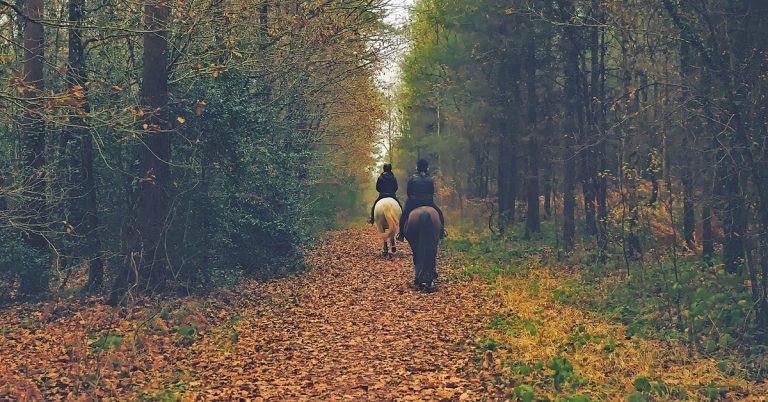
Photo: Pixabay
The current economic downturn resulting from the COVID- 19 pandemic is encouraging horse owners and breeders to think strategically. Shows have been cancelled during lockdown and it is probable that this will continue until most people have been vaccinated.
Showing is an integral part of marketing good horses. However, riding horses out in small groups to see and interact with wildlife is a possible solution to the lack of shows as an advertising tool to show off your stock, and could bring in some income.
Game and horses
If you have game on your land, you need to consider an integrated grazing strategy on those parts of your farm that have not been cultivated.
Horses are grazers and fit in ecologically in the same way as zebra do. Running horses with kudu, impala, giraffe and other browsing wildlife will be easy to manage. It also means your horses will adapt to the wildlife and be less likely to spook or panic while being ridden if a kudu jumps out in front of them.
Horses that are particularly suitable for this, because of their good temperaments, include Namibian Warmbloods, cross- or purebred Arabians, and American Quarter Horses.
A few top show horses can be kept in manicured stables near to the house to show visitors. You can charge an additional fee for stabling, and breaking and schooling three-year-olds that you sell. Tack can be stored and horses brought here to be saddled for outrides.
In a breeding herd, in-foal mares can be run with wildlife, but it is advisable to bring them in for foaling, as young foals can be injured more easily when running in the bush.
While foals are in pastures close by, they can be handled and taught to pick up their legs for the farrier, lead on a halter, and go readily into a crush for vaccinating and dipping. Once foals are weaned, they can run with the broodmare band.
Stallions should be kept in stallion paddocks to prevent indiscriminate breeding with yearling mares. Colts can be separated from the broodmare band in winter when they are about 18 months old, and those not sold or kept for breeding can be gelded.
Geldings should be run in a bachelor herd, as they can try to mate with mares and fight each other when the mares come into season. Sometimes, young breeding stallions can also run with older geldings that are already under saddle.
Parasites and feed
Parasite control becomes difficult when horses are run with game, as many of the ticks and horseflies that feed on game also feed on horses. Bringing horses in for regular tick checks diminishes the parasite load in the ecosystem and can decrease parasite numbers on game as well.
Horses and game can share game licks; however, like zebra, horses tend to chew on them, so they are used up faster. Large salt blocks can also be shared. Putting out large round bales during a drought can be problematic, as horses may prevent the game from accessing the grass. It is better in this case to separate them.
When taking horses out on game rides, those that are kept with game make steadier mounts as they are not as easily frightened.
If geldings have been grazing together, they are also inclined to behave like a herd. You can tie them up in a line to be saddled, and when out on rides they will follow each other sensibly without kicking.
Dr Mac is an academic, a practising equine veterinarian and a stud owner.










